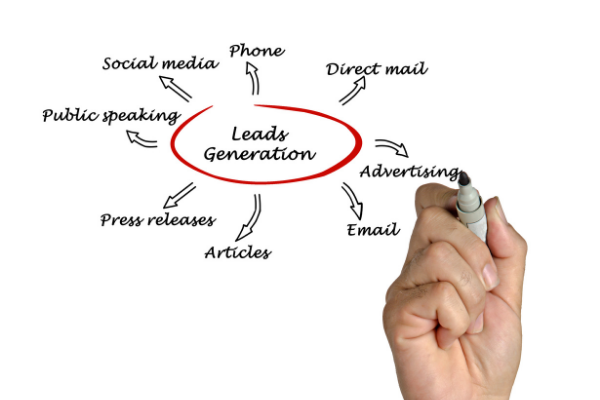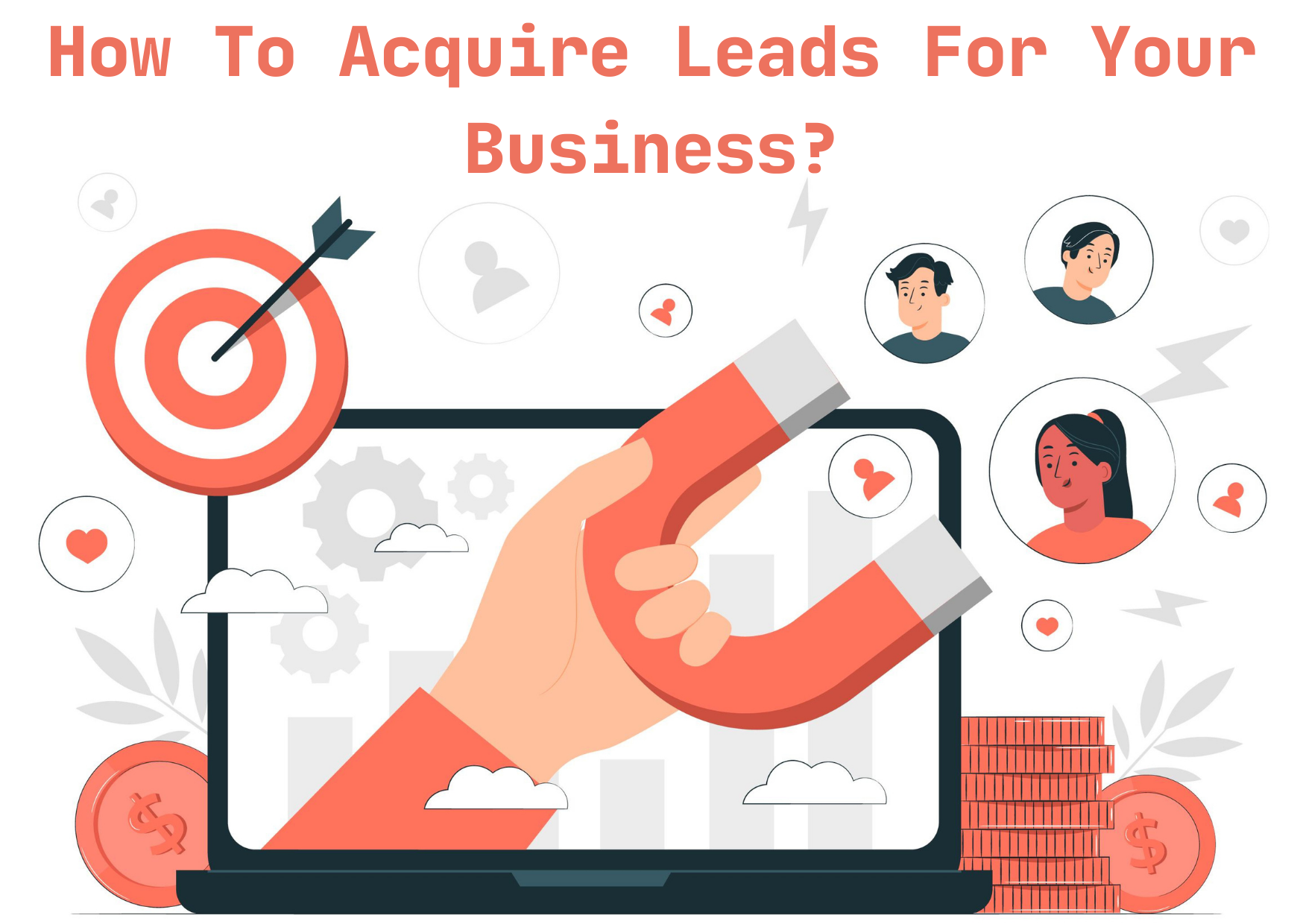Did you know that 60% of sales begin with leads? This isn’t surprising considering the time and effort businesses spend in marketing to attract potential customers. But leads don’t magically appear out of thin air – you need to put in a bit of effort to get them. Luckily, there are plenty of ways to do this.
Read on to find out.

Lead generation and qualification are essential to any successful sales process. Sales reps need to be armed with the right information before they reach out to potential customers. And marketers need to know how to identify and qualify leads so they’re not wasting their time reaching out to people who are never going to buy from them.
In order to generate leads for your business, any method for acquiring them must be strategic. You need to understand how to classify and identify them. The goal should be to identify potential customers and then target them with the right messages at the right time.
In this post, we’ll go over the different types of leads and how to attract them. We’ll also discuss how to classify leads so that you can focus on the ones most likely to turn into paying customers.
What Is A Lead?
A lead is a potential customer that has indicated an interest in a product or service that your business offers. They may have filled out a form on your website, downloaded one of your ebooks, contacted you directly, or attended an event you’ve hosted. This makes them a valuable asset, as they represent an opportunity for your business to increase its revenue.
There are many methods for acquiring such as include advertising, networking, and search engine optimization (SEO). The most effective method depends on the type of business and the products or services it offers.
But not all leads are created equal. Some of them are more likely to become customers than others, so it’s important to spend time carefully qualifying them before you invest too many resources trying to convert them.
How To Classify Leads?
In business, it is not necessary to have someone’s phone number or e-mail address to be considered a lead. Leads are classified according to their level of interest in your product or service. They are often broken down into three categories: hot, warm and cold.
Hot Leads
These are prospects who have already expressed interest in your products or services and may be ready to buy immediately. They can be considered qualified sales leads because most probably they meet the BANT criteria.
Warm Leads
These are the people who have not purchased from you before but have an interest in buying from you. You would need to follow up with them to convert them into buyers.
Cold Leads
These are the people who have never heard about your business before and will require some convincing before becoming customers of yours.
How To Acquire Leads?
Lead generation is really important for your business to achieve sustained growth and success. It is the first step in the sales process. It includes attracting, nurturing, and convincing prospects to buy from you. To perform lead generation in the first place, there are various ways:

Content Marketing
Content marketing is one of the most effective methods for generating leads. As it engages customers with valuable content that educates them about what you have to offer and why they should consider buying from you.
This type of marketing includes creating blog posts that are helpful and informative for potential customers and promoting those posts through social media channels like Twitter and LinkedIn. By providing valuable content on topics relevant to their interests, businesses can help prospects move closer to making a purchase decision.
SEO
Search engine optimization (SEO) is another popular way to generate leads. As it helps rank high in search engines for key terms related to your product or service so that more people will find your website when they’re looking for information about those topics.
By optimizing your website with keywords that are important to potential buyers, you’ll increase the chances that someone will click on one of your links and become a lead customer.
Paid Advertising
This method involves using paid media like television, radio, or print ads to reach potential customers. The advantage of this approach is that it allows you to target your audience more accurately and measure the effectiveness of your campaigns. However, it can be expensive and time-consuming to create an effective campaign.
No matter which lead generation method you choose, make sure each step in the process is executed flawlessly so that you reach as many potential customers as possible. You may also consider offering free samples or consultations to increase conversion rates.
Acquiring leads can be further splitted into inbound lead generation and outbound lead generation.
Inbound Lead Generation
Inbound Lead Generation is a customer-centric strategy to attract customers to your brand. The inbound leads are the people who themselves seek you out. For example, a person contacting you directly to know more about your product or service or an inbound call.
Providing valuable content is key to inbound lead generation because it brings more people through your sales funnel and increases your chances of earning their trust and turning them into customers.
You should create content that helps people solve problems they have — like how to find directors’ phone numbers with a single click, or how to reach decision-makers of any company. This type of content works especially well in B2B industries because it helps people solve problems they don’t even know they have yet. This makes them more likely to buy from you.
Outbound Lead Generation
Outbound Lead Generation is a proactive approach where you reach out to the people for selling your products or services. For example, cold calling or cold emailing.
It can help you grow your business in a number of ways:
(1) It creates awareness of your brand and products or services.
(2) It generates sales leads for your sales team to follow up on.
(3) It builds relationships with potential customers who may become repeat customers later on.
4 Simple Steps To Get Leads:
- Build a buyer persona
- Set your goals
- Choose the right marketing channels
- Create a segmented database
Lead Qualification For Your Business
Qualifying your leads can be the difference between a successful sale and a wasted opportunity. Because generating leads never mean a sale is in your hand. Leads Qualification helps determine the likelihood of the purchase. Consider the following steps before you qualify a lead:
(1) If your lead is a B2B company, assess the profile of the company.
(2) Use the BANT method: The lead’s budget, authority, need, and time period.
(3) Make a comparison of the lead’s profile with your ideal customer profile.
(4) Lead scoring: Set a score on the basis of the interaction of a lead with your marketing campaigns.
By the way, you can directly reach out to your qualified leads via Mr. E by EasyLeadz, the B2B contact data provider.
Wrapping It Up
Leads are the lifeblood of businesses, whether they are small or large, so it is vital that businesses know how to acquire them. Without them, prospects would have no reason to put your services to use. If there are no prospects, your business stands to lose a lot of time and money.
Acquire Leads
B2b Leads
Inbound Leads
Lead Generation
Outbound Leads
Qualified Leads
